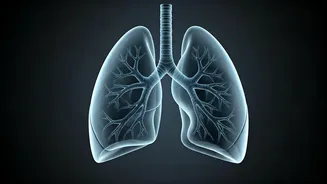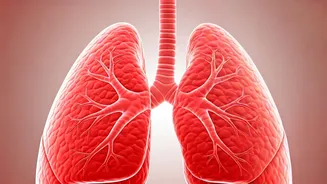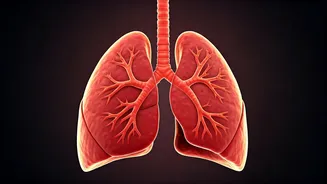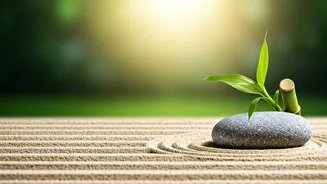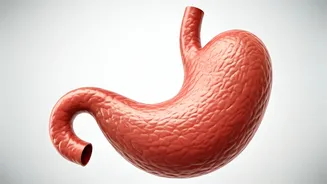Pranayama: The Basics
Pranayama, or yogic breathing, is an ancient practice designed to regulate and expand the breath, positively influencing both the body and mind. It encompasses
various techniques, including controlled inhalation (puraka), retention (kumbhaka), and exhalation (rechaka). When done appropriately, Pranayama is thought to improve lung capacity, enhance oxygen intake, and promote a sense of calm. The practice is accessible to people of all fitness levels and ages, requiring minimal equipment and space. In addition to its physical benefits, Pranayama can reduce stress, enhance focus, and bring greater self-awareness, making it an invaluable tool for overall well-being. It's especially useful during times of high stress or when air quality is compromised, such as during the Diwali season.
Setting up Your Routine
To begin, find a quiet space where you can comfortably sit. You can do the exercises in a chair or on the floor. Maintain a straight posture and try to keep your shoulders relaxed. Close your eyes softly to enhance focus. A ten-minute Pranayama session should start with a few minutes of mindful breathing, bringing your attention to your natural breath. You can start with a basic technique like Sama Vritti Pranayama (equal breathing) where you inhale and exhale for the same number of counts. Start with four counts for both inhale and exhale and slowly increase the count over time as you become comfortable. Deep, slow breaths should be the objective. Remember to listen to your body and never push yourself beyond your limits. The most important thing is to be consistent with your practice.
Chest-Opening Poses
Incorporating chest-opening poses into your routine can further amplify the benefits of Pranayama. These poses help to expand the chest cavity, allowing for deeper and more efficient breathing. A good pose to start with is Tadasana (Mountain Pose) with arms overhead, focusing on lengthening the spine and creating space in the chest. Another great option is Urdhva Mukha Svanasana (Upward-Facing Dog), which promotes a deep chest stretch, but it's important to be cautious and only do it if you are fit enough. You could also try simple seated twists, which gently open the chest and improve spinal flexibility. As you hold these poses, be mindful of your breath, letting the inhalation and exhalation support the movement of your body. Holding poses for around 30 seconds to a minute is a good aim for beginners, and you can gradually extend the time as you become more experienced. Remember, correct alignment is important to prevent injuries and to maximize the benefits of the asanas.
The 10-Minute Routine
Here’s a sample 10-minute Pranayama routine. Begin by sitting comfortably, focusing on your breath for 2 minutes. Then, perform Sama Vritti Pranayama for 3 minutes, gradually increasing the count for both inhalation and exhalation. Next, incorporate a chest-opening pose like Mountain Pose with deep breaths for 2 minutes. Follow this with a few rounds of Kapalabhati (Skull Shining Breath), which involves short, forceful exhales and passive inhales, for 2 minutes. Conclude the session with a few minutes of Anulom Vilom (alternate nostril breathing), also known as Nadhi Shodhana, to balance the energy flow. During Diwali, when the air quality might be compromised, this routine can significantly improve your breathing. Remember to adjust the durations and techniques according to your own comfort and capabilities. Consistent practice, even for a short duration, yields the most results.
Benefits of Consistent Practice
Regularly practicing Pranayama can yield numerous benefits that extend far beyond the immediate moment. It can strengthen the lungs, improve respiratory function, and enhance overall well-being. The practice helps to alleviate stress and anxiety, promoting a sense of calm and mental clarity. By focusing on your breath, you can increase awareness and focus, leading to improved concentration. When done routinely, it can also lead to more efficient oxygen utilization in the body, which then boosts energy levels. Pranayama can improve sleep quality, which contributes to a more balanced life. Moreover, it creates a sense of mindfulness that helps you stay grounded amidst daily stressors. Regular Pranayama sessions can be a powerful support for your overall health.
Safety and Precautions
While Pranayama is a very beneficial practice, some precautions should be observed. If you have any health issues, especially respiratory or cardiovascular conditions, consult a doctor before starting. When new to Pranayama, start slowly and avoid pushing yourself too hard, especially when holding your breath or doing forceful breathing exercises. Avoid practicing Pranayama immediately after a heavy meal. Always pay attention to how your body feels. If you feel dizzy, lightheaded, or uncomfortable, stop immediately and rest. Pregnant women should modify or avoid breath retention practices and consult with their healthcare provider. Remember to choose a calm and quiet environment and to focus on proper breathing techniques. With proper care and guidance, you can practice Pranayama safely and effectively.



